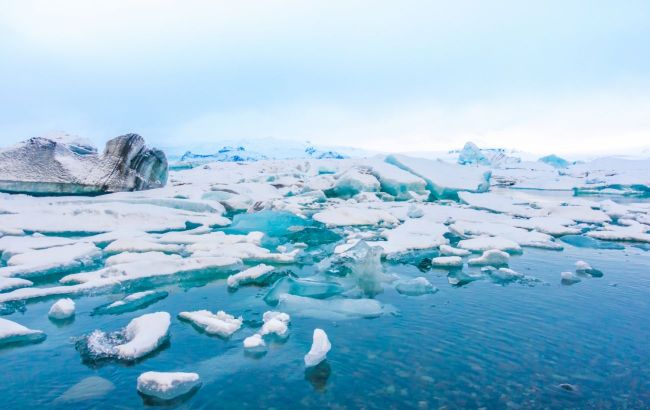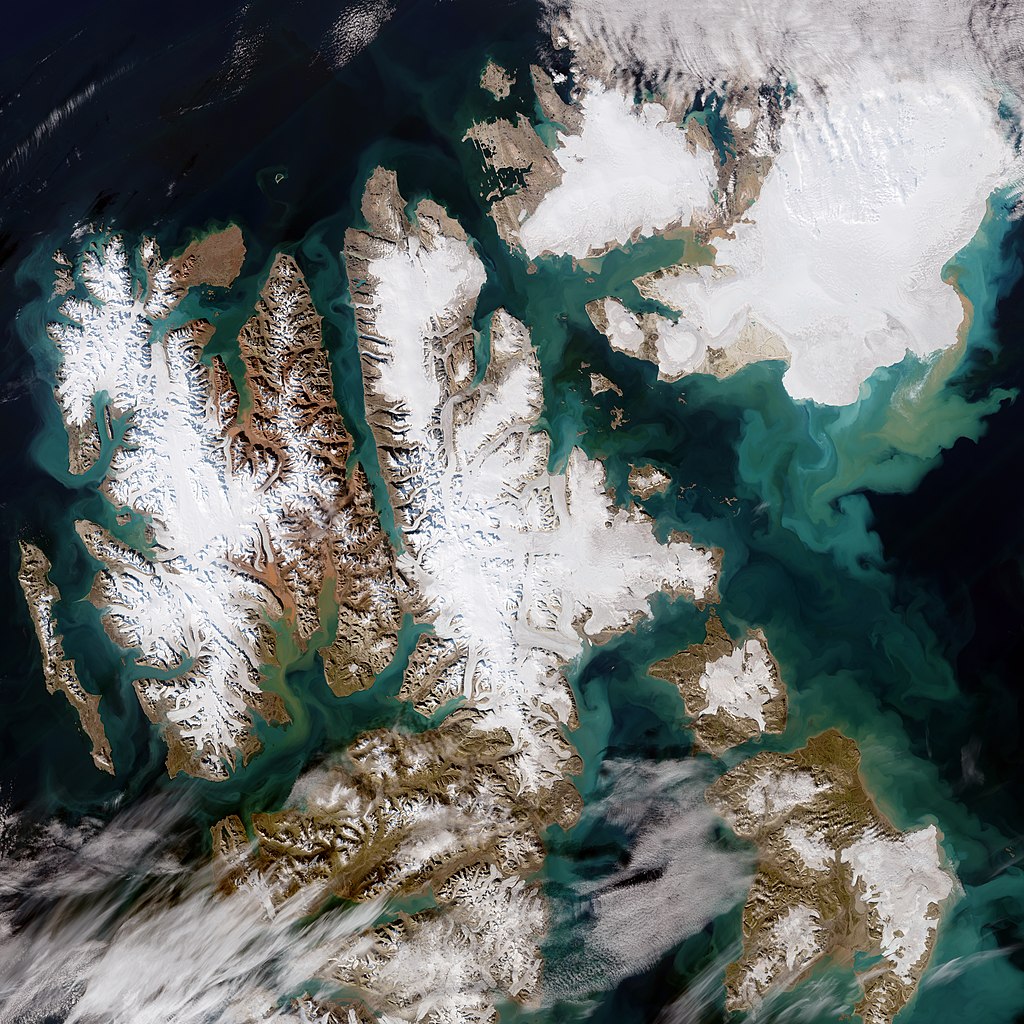Glaciers hide serious danger for climate - Scientists
 What dangers are hidden by glaciers (photo: Freepik)
What dangers are hidden by glaciers (photo: Freepik)
Under the ice, millions of cubic meters of methane are trapped, but scientists have learned that this gas could escape to the surface. If a large-scale "leak" occurs, it could create a warming cycle and lead to even more rapid methane emissions.
This information is reported by RBC-Ukraine, citing the publication on IFLScience.
What is known about the new threat to the climate
"Methane is a potent greenhouse gas," Dr Thomas Birchall of the University Center in Svalbard said in a statement. "At present, the leakage from below permafrost is very low, but factors such as glacial retreat and permafrost thawing may 'lift the lid' on this in the future."
According to him, the loss of perennial permafrost is a direct consequence of climate change and is a cause for concern. The ice on Svalbard (a large polar archipelago located in the Arctic Ocean) is not homogeneous or continuous. There are regions, especially to the west, that are warmer due to ocean currents, so there are thinner covers there. In addition, the perennial permafrost in the highlands is drier and more water-permeable compared to the ice-saturated lowlands.
The rocks beneath this frozen layer are often sources of fossil fuels that release methane, which is then trapped under this cold lid. However, new research shows that some geological features may allow the gas to escape.
Researchers used historical data collected by scientists and various commercial companies that have been drilling holes in the perennial permafrost for many years in search of fossil fuel deposits. They used this information to create a map of perennial permafrost on Svalbard and identify methane accumulations.

Satellite image of Svalbard, taken by the Copernicus Sentinel-2 mission, August 2022. (Photo: Wikipedia)
"I and my supervisor Kim looked through a lot of the historical wellbore data in Svalbard," said Birchall. "Kim noticed that one recurring theme kept coming up, and that was these gas accumulations at the base of the permafrost," added the scientist.
During ice drilling, wellbores are often heated to facilitate the process, which can distort temperature measurements. However, long-term observations allowed our team to identify continuous permafrost.
We identified a gas influx into the wellbore, indicating methane accumulation in the perennially frozen ground.
However, in other locations, even where permafrost and geological conditions were suitable for gas retention, methane was absent. This suggests that the gas had already migrated elsewhere.
Interestingly, gas accumulations were more widespread than previously believed. Out of 18 hydrocarbon exploration wells drilled in Svalbard, 8 showed signs of perennial permafrost, and half of them revealed gas accumulations.
Earlier, we wrote about scientists stating that Earth is on the brink of 5 climate catastrophes.
Also, read about when all life on Earth will cease to exist.

